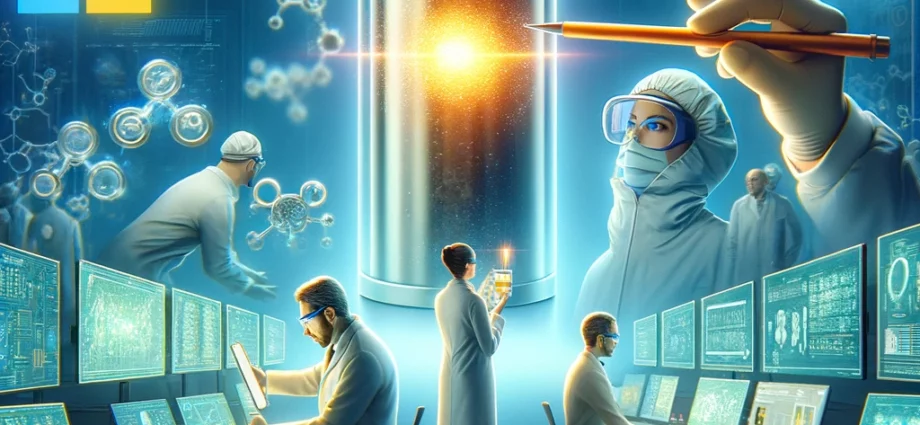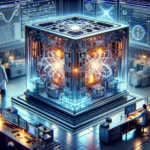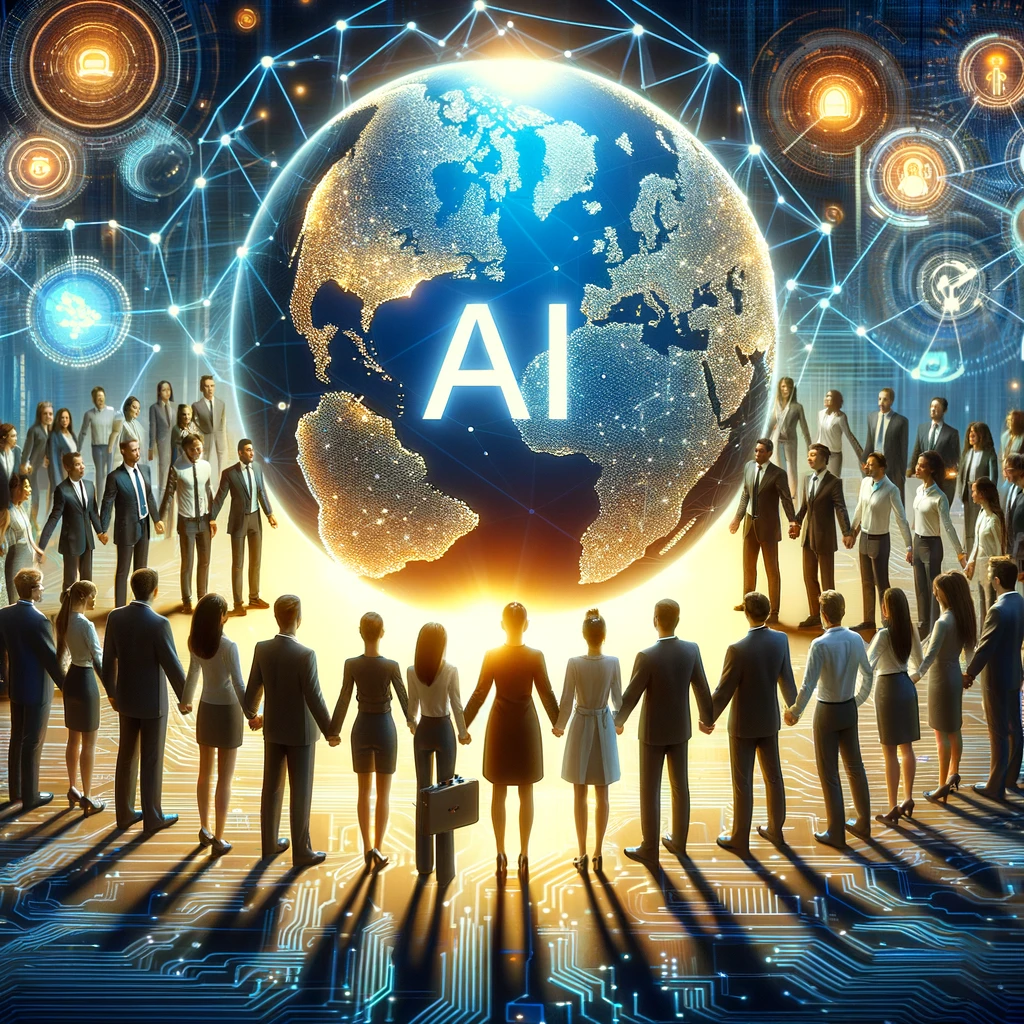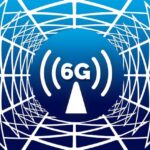Key Points:
- AI Collaboration: Microsoft and the Pacific Northwest National Laboratory (PNNL) have leveraged AI to discover a new solid-state electrolyte.
- Less Lithium, More Safety: The material uses less lithium and is less flammable compared to traditional lithium-ion batteries.
- Generative AI’s Role: The project highlights the potential of generative AI in accelerating material discoveries.
- Azure Quantum Elements (AQE): Microsoft provided AQE, combining high-performance computing and AI, to aid in the discovery.
Microsoft and PNNL’s collaboration represents a significant leap in using AI and cloud computing in material science. Their joint effort led to the discovery of a promising solid-state electrolyte, potentially safer and more resource-efficient than current lithium-ion batteries. This breakthrough showcases the power of AI in speeding up scientific discoveries.
The journey began with Microsoft offering its Azure Quantum Elements (AQE) to PNNL researchers. AQE, a blend of high-performance computing and AI, was tasked to identify battery materials that require less lithium. Among 32 million candidates, AI and AQE narrowed it down to 23 viable options, five of which were already known. This process, completed in a mere 80 hours, demonstrates AI’s capability to perform tasks unimaginable for human researchers alone.
Challenges and Potential
Despite the excitement, this discovery is just a starting point. The new material, combining lithium and sodium, poses challenges in conductivity and practical application. Yet, its potential to reduce lithium usage by up to 70% and create safer solid-state batteries is promising. The researchers continue to explore and test other candidates, aiming to overcome the limitations of current battery technologies.
This project not only advances battery technology but also highlights broader implications. As AI’s role in scientific research grows, its environmental impact, particularly in energy consumption, becomes a critical consideration. The need for efficient computing and clean energy-powered data centers is emphasized, aligning with the goal of sustainable technology development. Microsoft and PNNL’s work symbolizes a stride towards compressing centuries of material science into mere decades, driven by the urgency to address climate change.
Source: How Microsoft found a potential new battery material using AI
Keep up to date on the latest AI news and tools by subscribing to our weekly newsletter, or following up on Twitter and Facebook.







